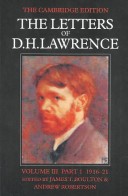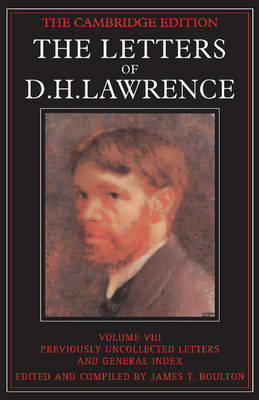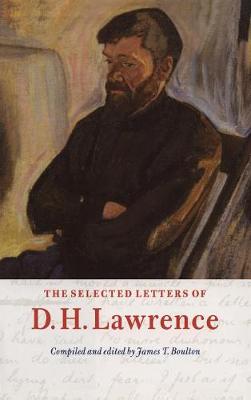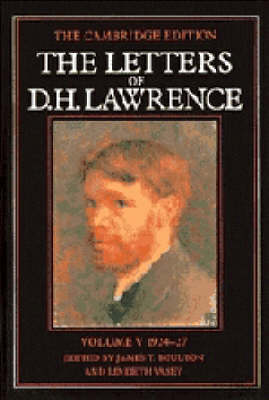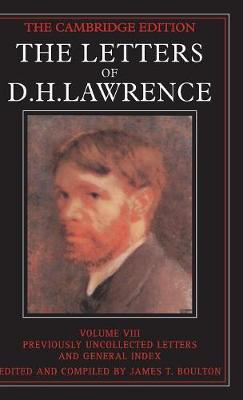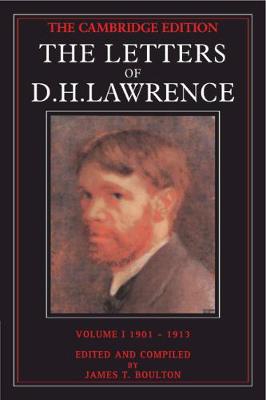The Cambridge Edition of the Letters of D. H. Lawrence
2 primary works • 8 total works
Volume 3
Volume 8
The Letters of D. H. Lawrence 8 Volume Set in 9 Paperback Pieces
by D H Lawrence
The Letters of D. H. Lawrence: Volume 3, October 1916-June 1921
by D H Lawrence
The Letters of D. H. Lawrence: Volume 5, March 1924-March 1927
by D H Lawrence
The Letters of D. H. Lawrence: Volume 8, Previously Unpublished Letters and General Index
by D H Lawrence
